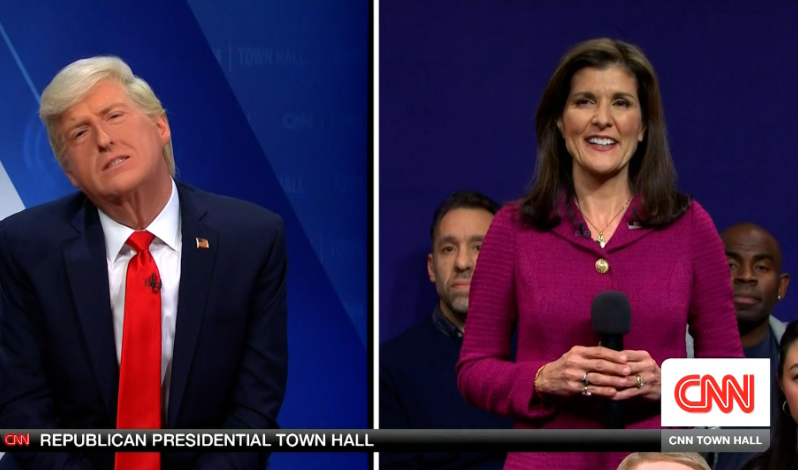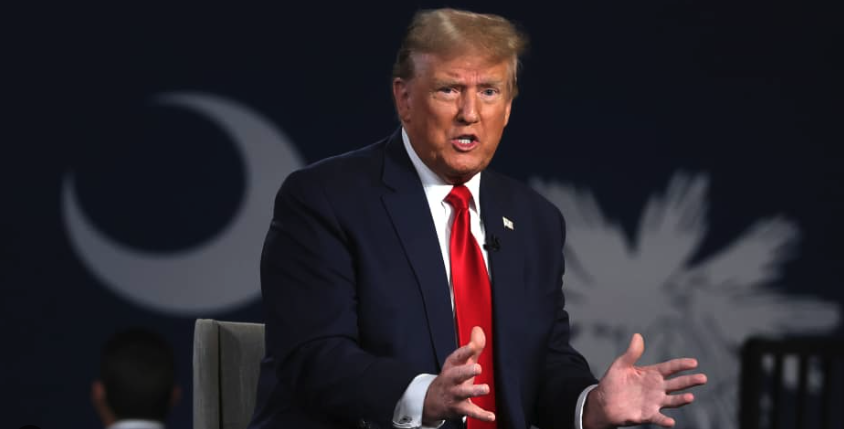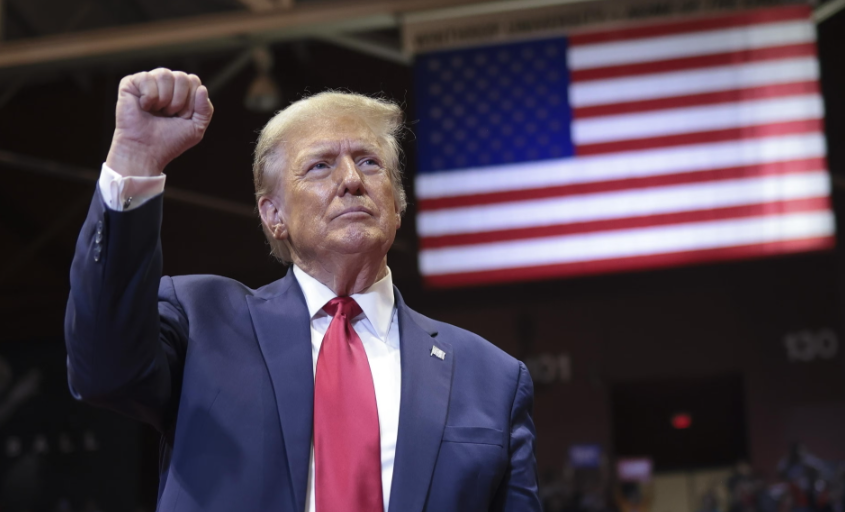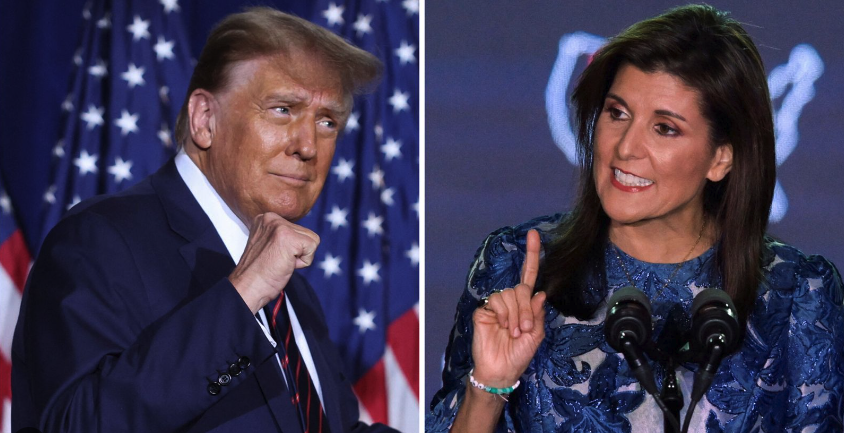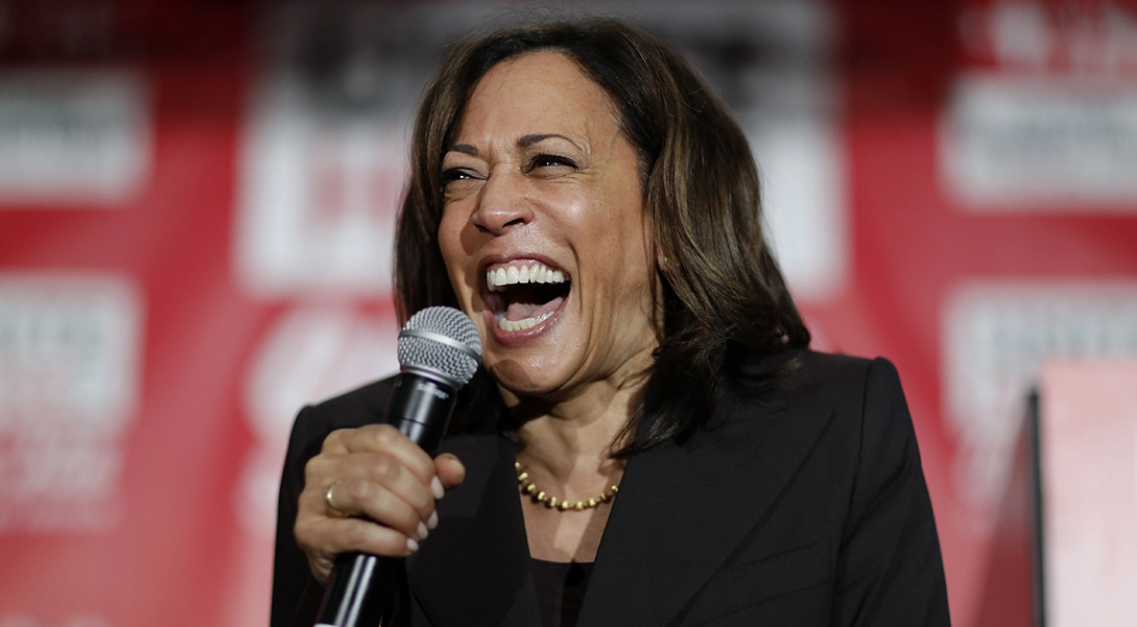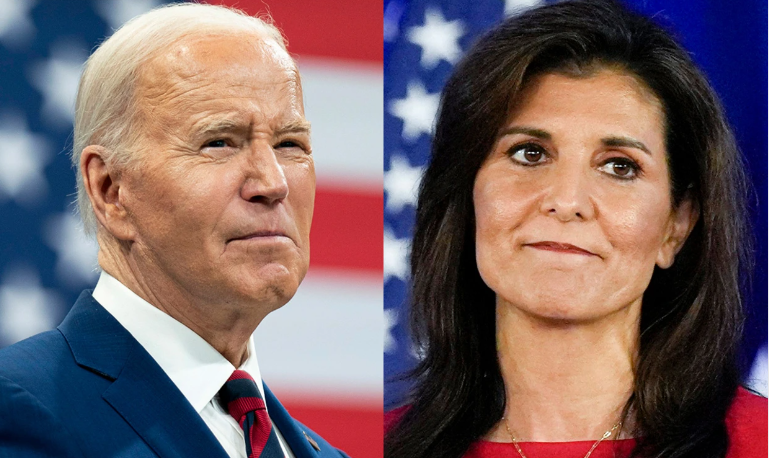
In an era where the digital world often feels like an extension of our thoughts and opinions, a pivotal legal battle is making its way to the heart of the United States judiciary system. This Monday, the Supreme Court will delve into a contentious issue that strikes at the core of modern communication: the balance between combating misinformation online and safeguarding the sacred principle of free speech.
At the center of this legal storm are two Republican attorneys general who have accused the Biden administration of overstepping its boundaries. They argue that the administration’s attempts to flag and remove what it deems as false or misleading posts on social media platforms constitute a “campaign of censorship.” This accusation has stirred a significant debate on the extent to which the government can influence online discourse without infringing on the First Amendment rights.
The Biden administration’s efforts were particularly focused on misinformation surrounding critical topics like the 2020 election’s integrity and the COVID-19 pandemic. During these tumultuous times, the flood of dubious claims about vaccines and electoral processes presented a considerable challenge. The administration’s actions raise profound questions: When does government intervention in social media cross the line from necessary public safety measures to unconstitutional coercion?
Bob Corn-Revere, a respected voice in the arena of free expression, encapsulates the dilemma: “The question is how you draw the line between government speech that is permissible and government speech that imposes coercive power on the platforms.” It’s a delicate balance to maintain, ensuring that the government can address misinformation without encroaching on the fundamental right to free speech.
The journey to the Supreme Court was sparked by a decision from a Louisiana-based federal judge last summer, who ruled against the Biden administration’s contact with social media companies regarding content moderation. Although this decision was later narrowed by an appeals court, it affirmed the belief that the administration’s actions could potentially violate First Amendment rights.
This legal confrontation is not just about the Biden administration but speaks to a broader issue that transcends political lines. It’s about delineating the boundaries of governmental influence in the digital sphere, a question that has become increasingly pressing as social media platforms have grown to play a central role in public discourse.
Missouri Attorney General Andrew Bailey, a leading figure in bringing this case to the fore, expressed his determination to challenge what he views as a “vast censorship enterprise” at the nation’s highest court. The administration, on the other hand, defends its actions as essential for addressing public concerns and safeguarding national security.
The implications of this case extend far beyond the immediate parties involved. Tech companies, caught in the crossfire, are advocating for their rights to moderate content without being seen as government actors. David Greene of the Electronic Frontier Foundation highlights the nuanced nature of this debate, emphasizing the potential threat to freedom of speech when government oversteps its role in content moderation.
As the Supreme Court prepares to weigh in on this landmark case, its decision will not only impact the Biden administration but also set a precedent for the interaction between government entities and social media platforms. The questions posed are complex: Where is the line between advocacy and coercion? Can the government play a role in combating misinformation without compromising the foundational principles of free expression?
In a world increasingly mediated by digital platforms, the outcome of this legal battle will resonate for years to come, potentially reshaping the landscape of online speech and government interaction. As we await the Supreme Court’s ruling, one thing is clear: the decisions made in this case will play a crucial role in defining the boundaries of free speech in the age of social media.

